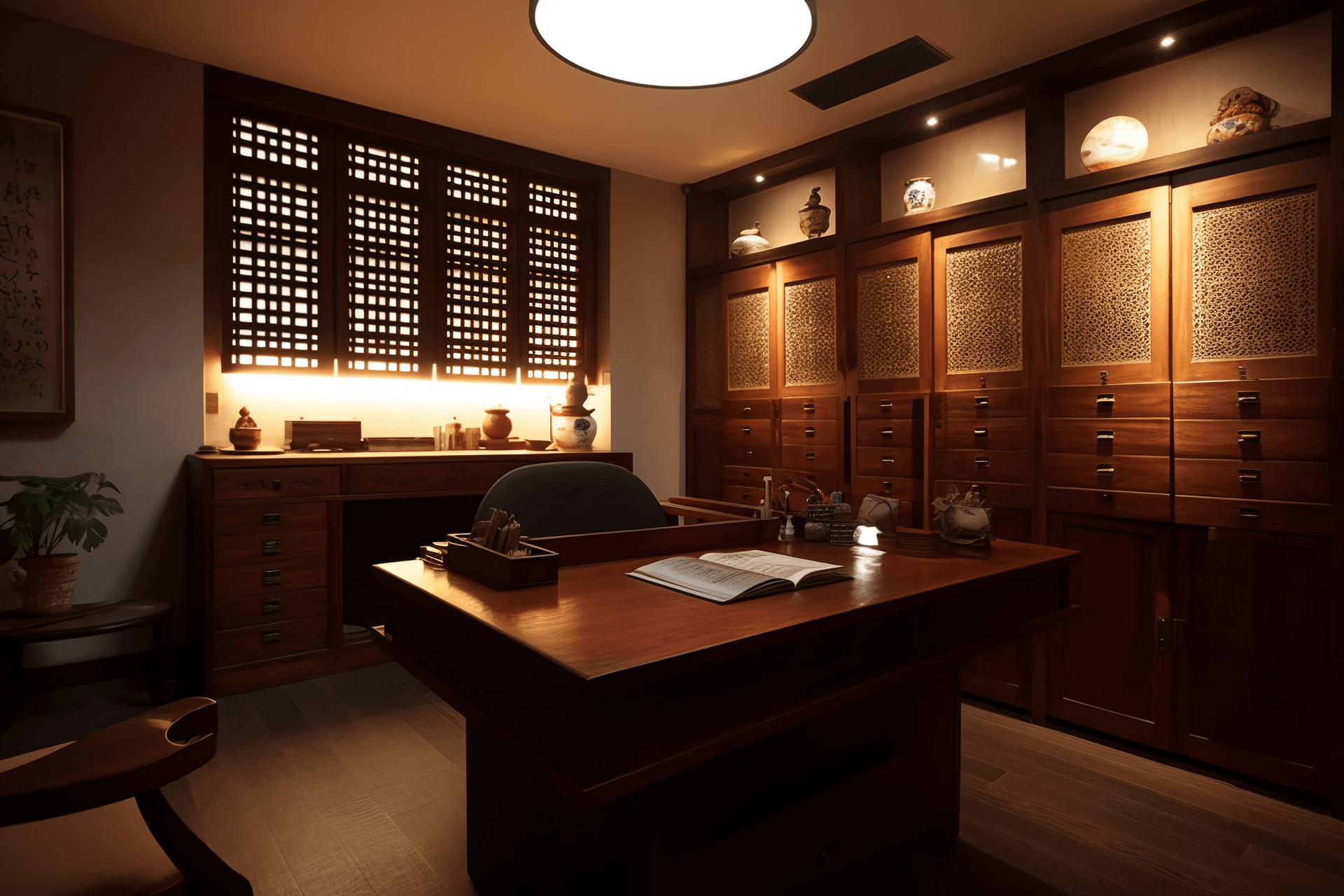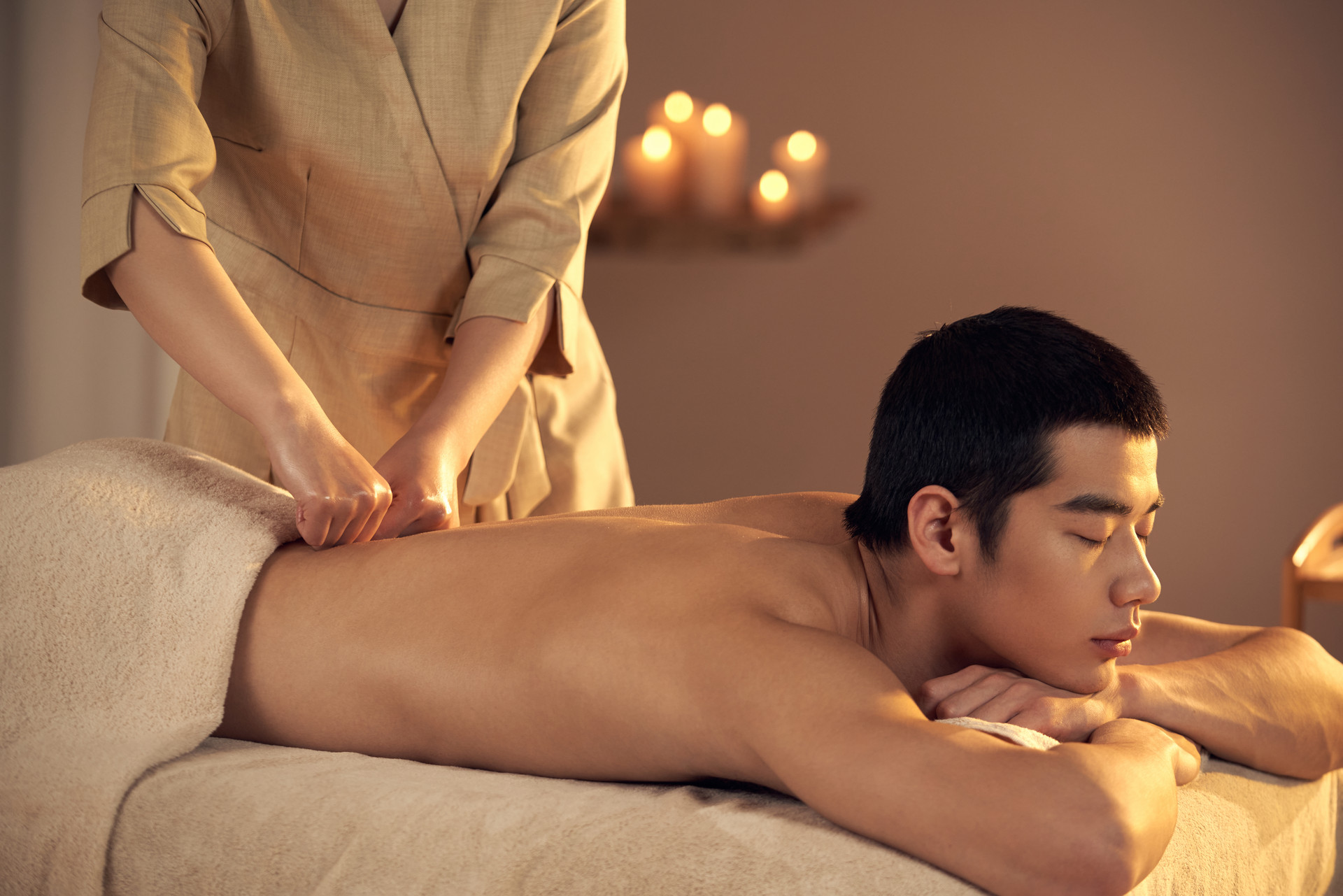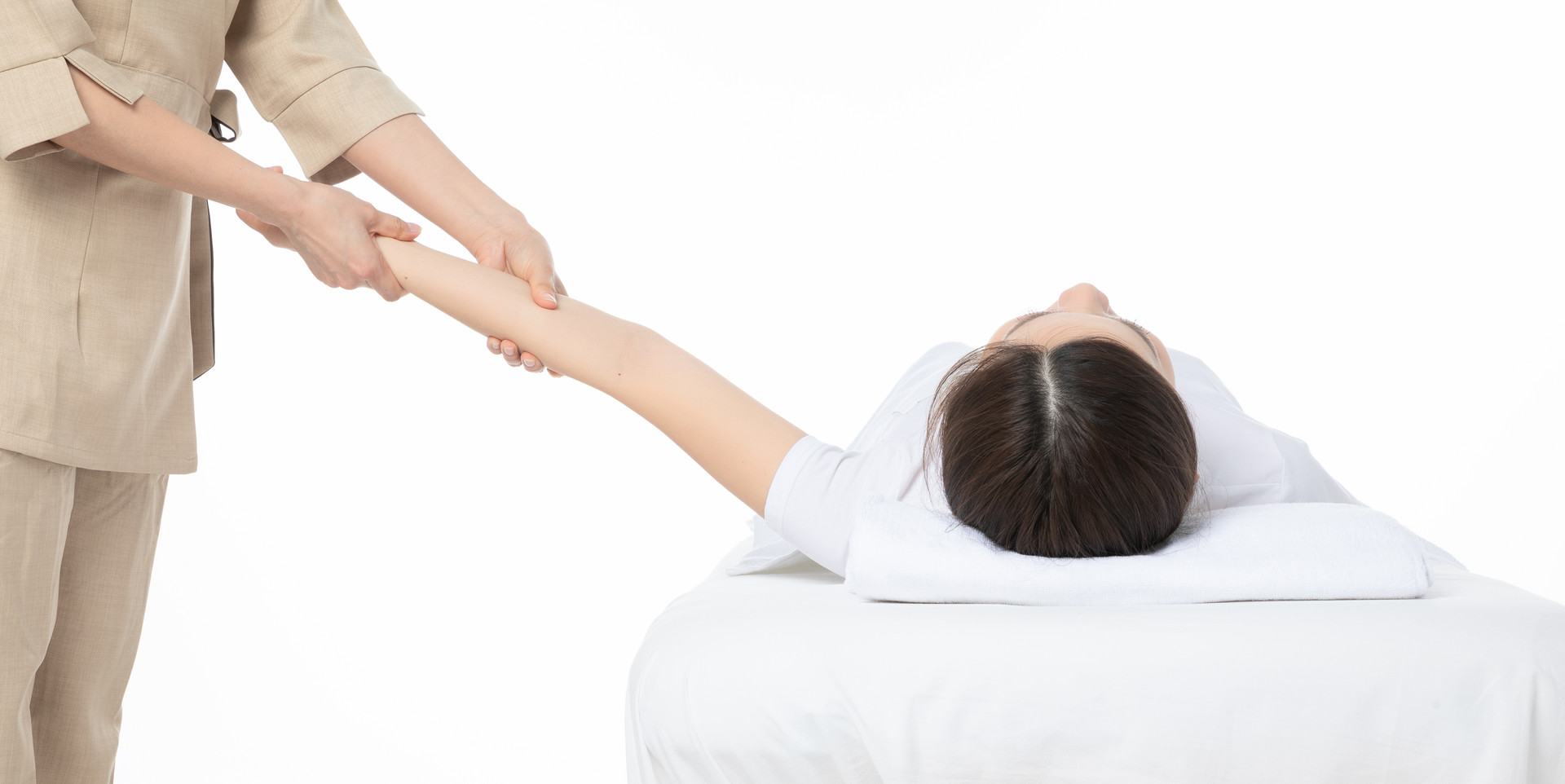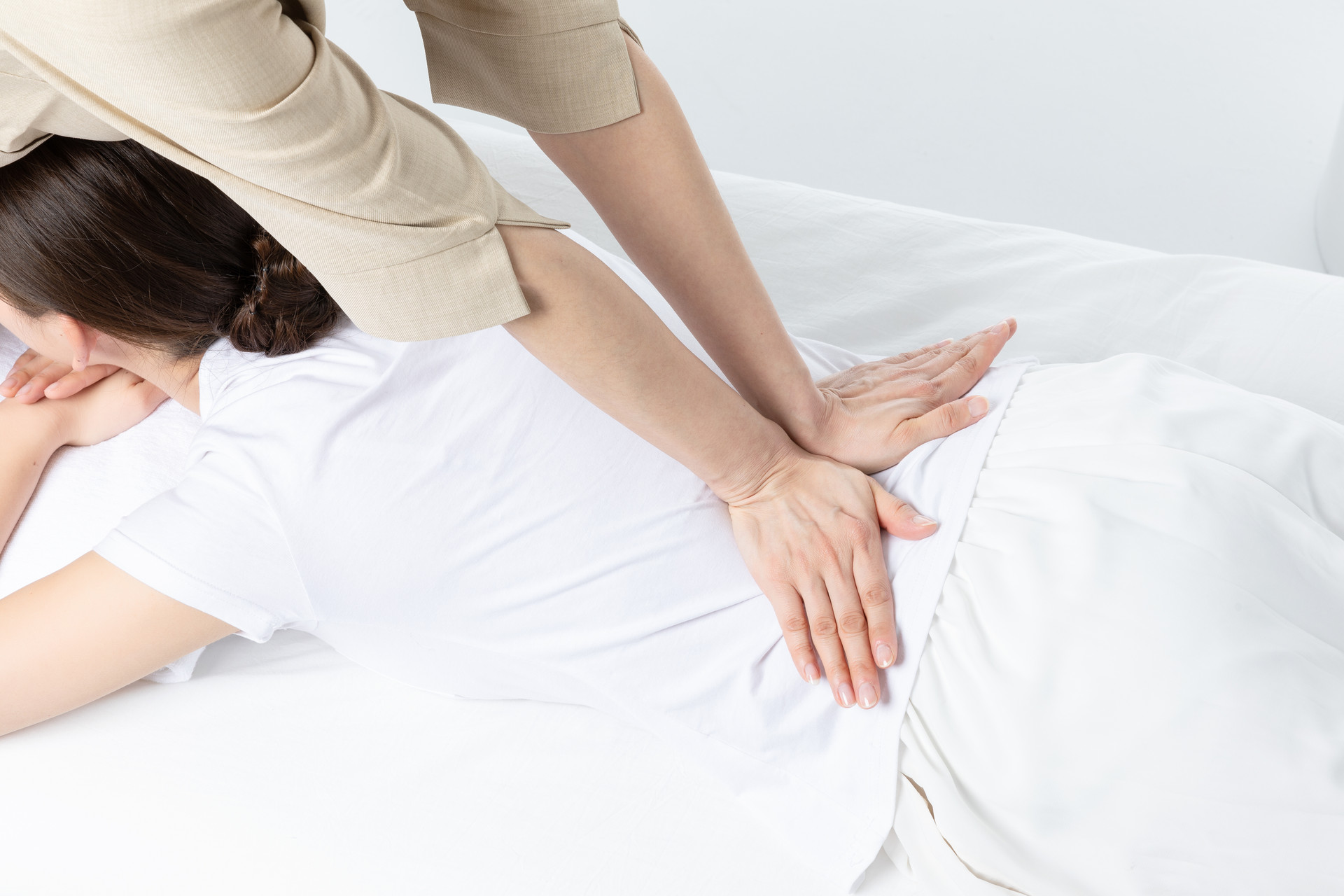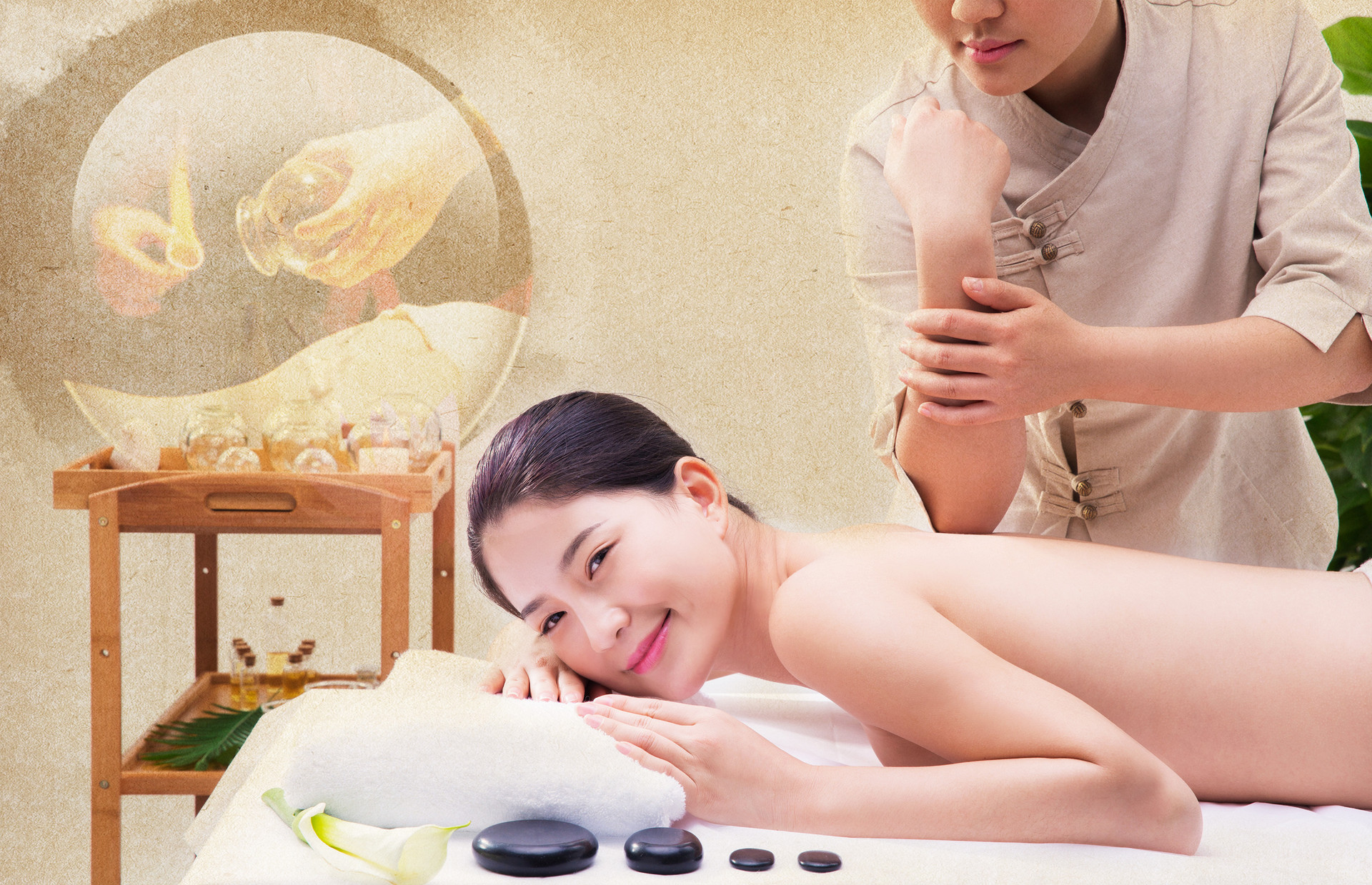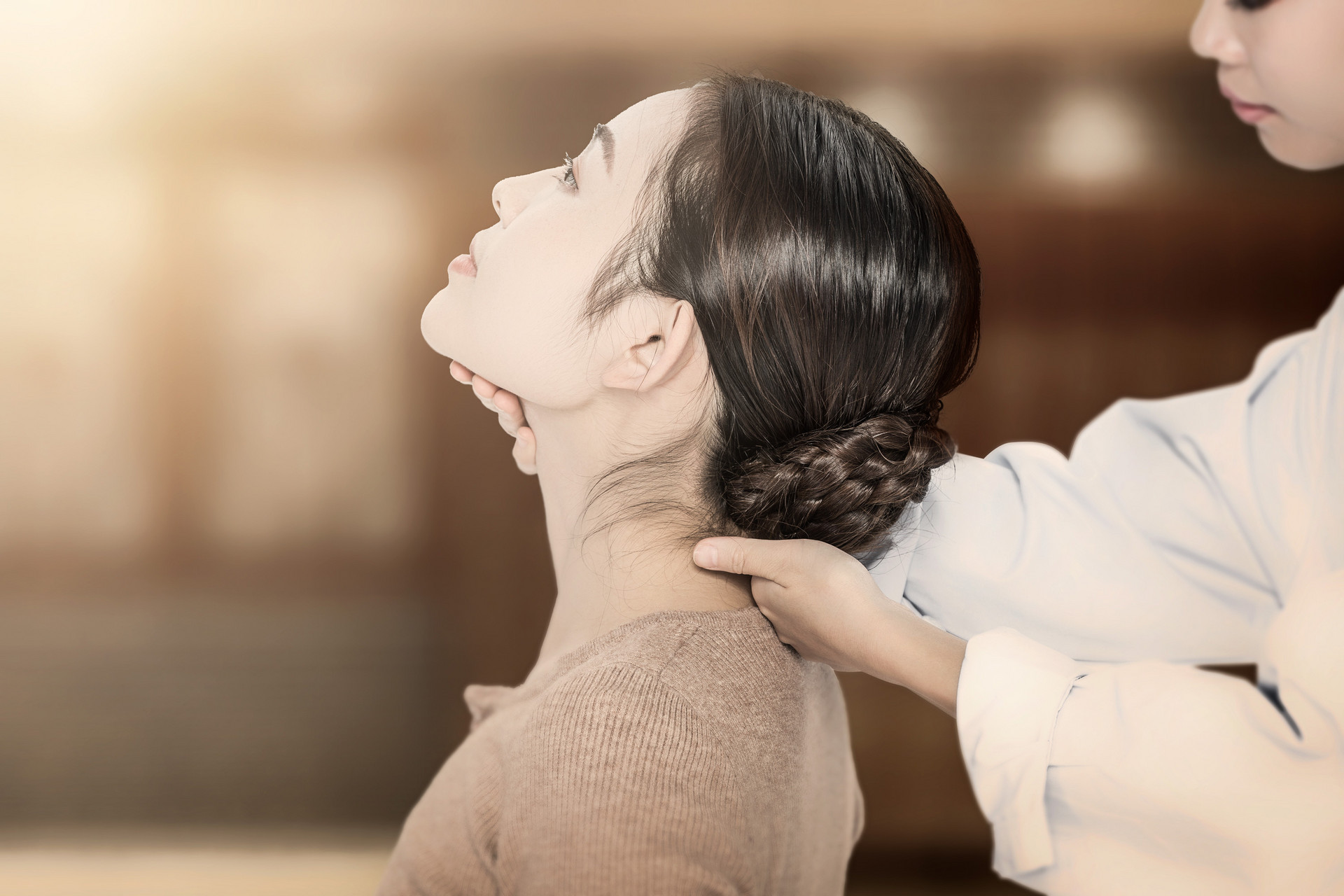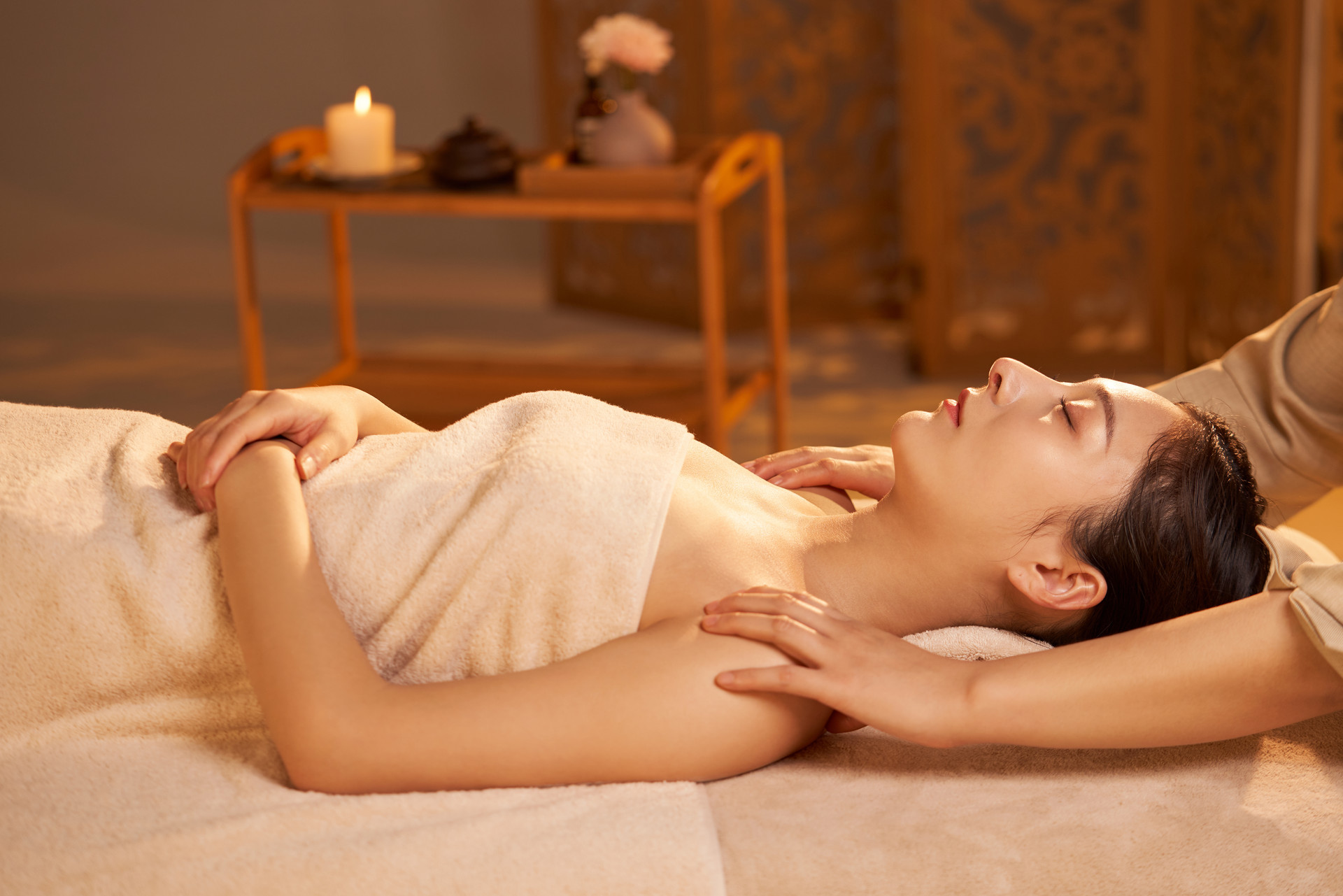There are two main types of massage therapy:
One is active massage, also known as self-massage, which is a self-care method of massaging oneself. The other is passive massage, which is a medical technique used by doctors on patients, which is what this article refers to as massage therapy. There are various massage techniques, but they can generally be classified into the following eight types: pressing, rubbing, pushing, holding, kneading, pinching, trembling, and striking. It should be noted that these eight techniques are often used in combination with each other.
(1) Pressing technique: Using the fingertips or palms of the hands, rhythmically press down on the appropriate parts of the patient's body. This is called pressing technique. The commonly used techniques include one-handed pressing and two-handed pressing. In clinical practice, one-handed or two-handed pressing is usually applied below the ribs or on the abdomen. In areas like the back or areas with thick muscles, one-handed pressure pressing can also be used. This involves placing the left hand underneath and gently pressing the right hand onto the back of the left hand. Alternatively, the right hand can be placed underneath and the left hand can be pressed onto the back of the right hand.
(2) Rubbing technique: Rubbing refers to gentle stroking using the fingers or palms of the hands on the appropriate parts of the patient's body. This is called rubbing technique. Rubbing technique is often combined with pressing technique and pushing technique. One-handed rubbing technique is commonly used on the upper limbs and shoulders, while two-handed rubbing technique is commonly used on the chest.
(3) Pushing technique: Pushing refers to applying force to push forward. There are two commonly used methods: one-handed pushing and two-handed pushing. Pushing and rubbing cannot be separated, as pushing already includes rubbing. For example, for areas with thick muscles in the arms and legs, pushing and rubbing are often used together. The position we see in the picture is a one-handed pushing and rubbing technique, where the doctor holds the patient's arm muscles between the thumb and index finger and applies pressure while pushing.
(4) Holding technique: Holding refers to using the hands to lift the skin of the appropriate parts slightly. This is called holding technique. One-handed holding technique is commonly used on the legs or areas with thick muscles. If a patient experiences chest tightness, shortness of breath, or symptoms similar to fainting due to emotional tension or anger, the doctor can use one-handed holding technique on the area above the collarbone and shoulder to lift and release the muscles in a rhythmic manner. This can be done at a rate of two lifts per second for twenty repetitions, followed by a short rest, and then another twenty repetitions. This technique can help alleviate chest discomfort and restore normal breathing.
(5) Kneading technique: The doctor uses the hands to exert slight rotating and kneading movements on the patient's skin. This is called kneading technique. Kneading technique can be performed with one hand or both hands. For small areas such as the temples, finger kneading technique can be used, while palm kneading technique can be used for larger areas such as the back. There is also a technique called one-handed pressure kneading, where the left hand presses on the patient's calf while the right hand applies pressure on the back of the left hand. For the calf muscles with thick layers, the two-handed kneading technique shown below can be used. Kneading technique helps to disperse stagnation, promote blood circulation, and alleviate localized pain.
(6) Pinching technique: Pinching refers to using the fingers to pinch the skin and muscles from the bone surface. Pinching technique is similar to holding technique, but it focuses more on the fingers. Pinching requires less force compared to holding. Pinching technique is often used in combination with kneading technique. It includes a slight squeezing action with the fingertips, which strengthens the mobility of the skin and tendons, and improves blood and lymph circulation. Gentle pinching can dispel wind and cold, while deep pinching can treat muscle and joint pain caused by wind, cold, and dampness inside and around tendons and joint capsules.
(7) Trembling technique: Trembling technique is a massage technique that involves rapid and short shaking movements. The movements should be quick, short, and uniform. It is recommended to have around 10 tremors per second, or about 600 tremors per minute. Trembling technique is closely related to "motion", which is why it is also called shaking technique. For example, in single-finger trembling technique, the doctor places the thumb vertically on the patient's tender point and vigorously shakes the entire wrist, causing the thumb to vibrate. Double-finger trembling technique involves placing the thumb and index finger or the index finger and middle finger on the patient's tender point or forehead, and using wrist movement to create trembling.



